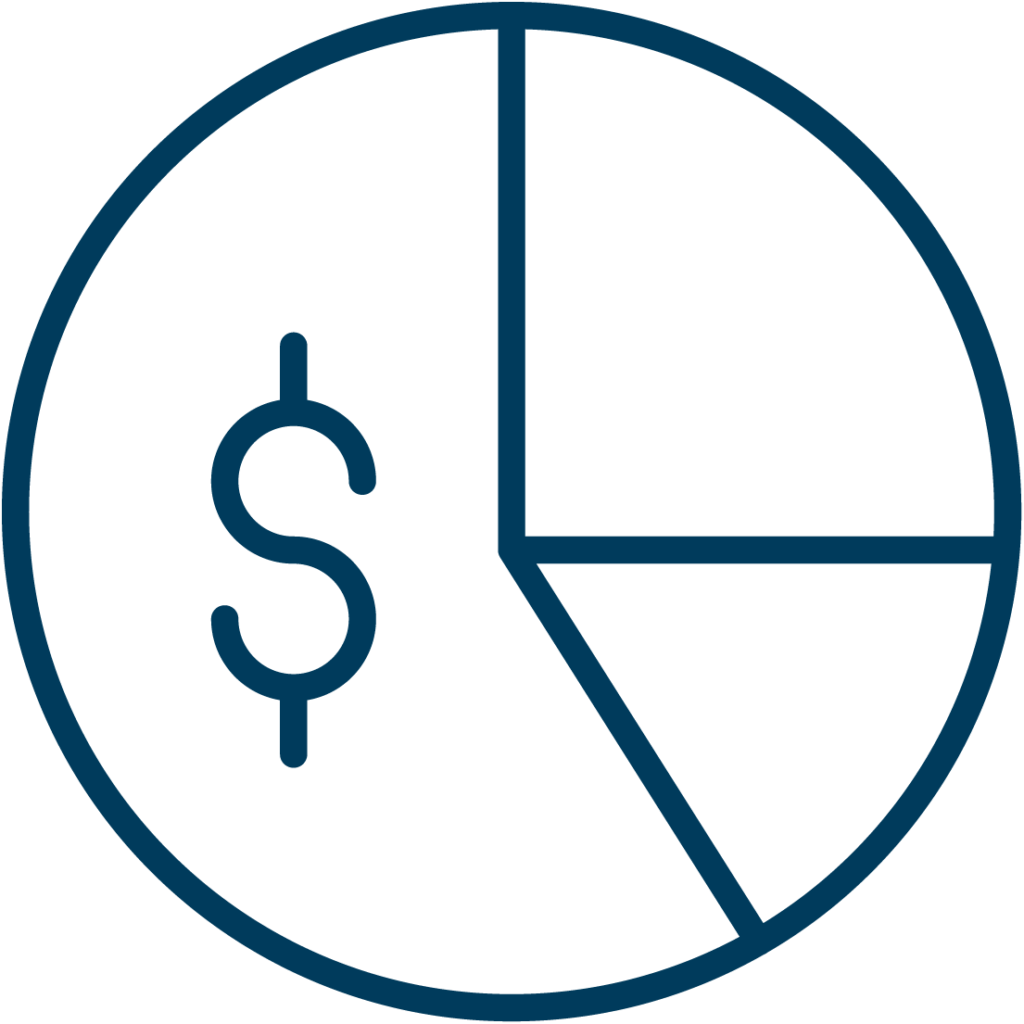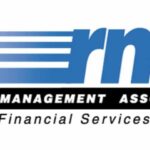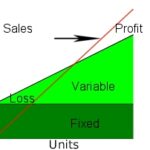At this point in the process, there are three financial aspects you need to consider: your start-up capital requirements, your forecasted cash flow to see how much more money you may need, and a break-even analysis.
Start-Up Capital
The first step when developing a business from scratch is establishing the start-up costs. I recommend that you begin the process by downloading and completing a startup worksheet to identify the costs before you proceed.
Instructions: The startup worksheet is an Excel spreadsheet. The items are presented in alphabetical order and are not intended to be inclusive of all startup costs but should at least get you thinking about some of the most common expense items. You should do your research and estimate what you think it would cost you. Enter that figure in the amount column.
As we will discuss later, you may be able to finance some items on the start-up worksheet with debt. If that is the case, you can enter the percentage of debt financing that you think you can obtain, and the spreadsheet will display the funds the owner must bring to the table in the form of equity and what a lender would provide in the form of debt financing.
NOTE that the debt column of this worksheet is more appropriate for existing companies that have cash flows that support debt financing as an option. So, for this part of the process, you may just want to focus on adding the amounts that you think each item will cost based on your research.
When starting out, it is important to spend your money wisely. You might be tempted by a nice office or a new suit, but don’t. When you are successful, you can afford the fancy office or that expensive suit, however, when starting out, it is important to focus only on those things that are really important.
Most Small Businesses Fail to Understand Their Burn Rate, Which Is the Rate at Which a New Business Spends Its Startup Cash to Keep the Business Alive Long Enough to Get to The Breakeven Point.
Cash Flow
Now that you have an idea of how much money you will need before you begin your business, the next thing you need to do is estimate how long it will take you to reach a break-even point and how much additional money you will need to pour into operations before you make more money than you spend each month. I recommend that you download and complete the cash flow template and project your cash flow for at least the first 12 months.
Directions: You can begin by entering the amount that you came up with from the Start-Up Capital Worksheet in the Pre-Start column. You can then forecast and record the monthly revenue and expenses for at least the first 12 months. The yellow cells are computed cells, and the grayed-out ones are dead cells, so focus on completing the other cells. Since you are projecting future cash flows, you cannot have a negative cash position, or you will bounce checks. Therefore, you will have to do a cash injection in row 10 to make sure that you do not overdraft. You can also do an owner draw to take out excess cash using row 38. However, I recommend that, initially, you simply do not inject any cash and see just how much additional cash you will need by looking at your cash position each month.
At this point, you should take stock of the sum of capital requirements obtained in the Start-Up Worksheet and the negative cash position from early operations in the Cash-Flow Statement because this figure is the best-case amount you will need to access when you launch your business.
Most businesses struggle in what some call the “valley of death,” or the point after starting a business, but still experiencing a negative monthly cash flow. Here are some tips to keep in mind to survive the valley of death.
While generally, the Risk Management Associates (often just called RMA) Annual Statement Study is used to benchmark existing businesses against other businesses in the same industry, it is also helpful to assess your funding plan.
If your business involves you being a freelancer or consultant, you might want to look at this post.
Also, here is a downloadable Hourly Rate Calculator to assist you in determining a minimum bill rate that you can use in the retail price per unit cell of the Break-Even Analysis.
Break-Even Analysis
Next, you need to understand the concepts of a break-even analysis. Here is an excerpt from a video lesson from Boot Camp: Steps to Owning Your Business, which explains how to do a break-even analysis and its value.
You can also download a Break-Even Analysis Template where you can enter your own anticipated fixed and variable costs and experiment with your retail price per unit.
In addition to using your break-even analysis to determine your retail price per unit, it is a good idea to understand how the concept of fixed and variable expenses can help you control your business risk. Here is a post that explains how a break-even analysis can be used when making decisions to minimize risk and maximize rewards for your business.
Too often, new business owners think they have to own all the assets necessary for their business to operate. The break-even analysis is a valuable tool to help decide when it is better to rent vs. own.
Funding
This quiz was designed to test your knowledge of funding options. Are you ready to put your knowledge of funding options to the test?
Now that you have an idea of what it would take financially to get your business off the ground, we can focus the discussion on how to fund it. First off, it is very unlikely that there are any grants to help start your business.
When it comes to funding sources, there are often tradeoffs.
Here is a vlog post that discusses your funding options, including what I call the debt continuum.
Here is a vlog post that discusses some uncommon facts you may not know about your funding options.
There are 5 essential stages in a Funding plan.
Here is a free course that looks at 14 ways to fund a startup and is more of a deep dive into alternative funding sources based on where you are in your journey: 
Most businesses are bootstrapped. Here is what that really means:
Here is how to get customers to fund your startup:
How to define a deferred royalty-based compensation strategy to secure pre-revenue resources for your new venture while maintaining full control and ownership.
Small business funding is not the same as funding the next great technology company startup. Here is what you need to know about the difference between smart vs dumb money as well as angel and venture capital.
Access to capital is essential for a new business. If you are successful, you will need more money, and if you are not, you will need access to more money.
The most likely source of funding for a start-up is equity. However, there are technically several ways to fund your business. Choose one of the following to explore in more detail by clicking on the links below:

Debt Funding
Debt funding is borrowing money from a lender and making payments in the form of principal and/or interest payments until the debt is paid in full.

Crowdfunding
Crowdfunding is where you develop a campaign and get people to either donate funds, pay for perks, make early bird purchases, or sell micro-equity positions in your new business.

Equity Funding
Equity funding is where you exchange ownership of your business in exchange for capital. When it comes to equity financing, the investor only gets paid when the business makes a profit.

Bonds & Royalties
Rather than borrowing money from a lender, a business can issue debt instruments like corporate bonds directly to investors or a share of the profits by offering royalties to investors.



















